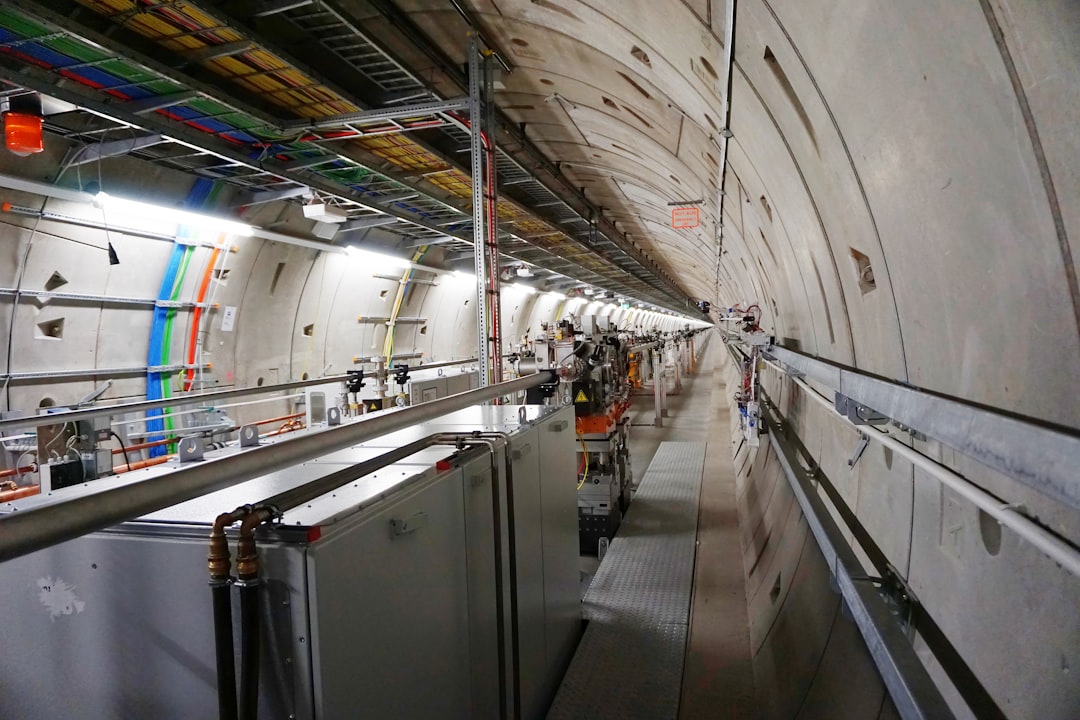What is it about?
In this study we calculate differential Shannon entropies derived from time-dependent coordinate-space and momentum-space probability densities. This is performed for a prototype system of a coupled electron–nuclear motion. Two situations are considered, where one is a Born–Oppenheimer adiabatic dynamics, and the other is a diabatic motion involving strong non-adiabatic transitions. The information about coordinate- and momentum-space dynamics derived from the total and single-particle entropies is discussed and interpreted with the help of analytical models. From the entropies, we derive mutual information, which is a measure for the electron–nuclear correlation. In the adiabatic case, it is found that such correlations are manifested differently in coordinate- and momentum space. For the diabatic dynamics, we show that it is possible to decompose the entropies into state-specific contributions.
Featured Image

Photo by Jan Huber on Unsplash
Why is it important?
Differential Shannon Entropy is an information theoretical measure, which can be applied to study properties of the wave function, that are not visible in comparable common quantities. It was previously applied to study eigenstates of potentials but is here expanded to a time dependent situation. Interesting is in particular, how the electron-nuclear correlation behaves dynamically.
Read the Original
This page is a summary of: Differential Shannon Entropies Characterizing Electron–Nuclear Dynamics and Correlation: Momentum-Space Versus Coordinate-Space Wave Packet Motion, Entropy, June 2023, MDPI AG,
DOI: 10.3390/e25070970.
You can read the full text:
Contributors
The following have contributed to this page










